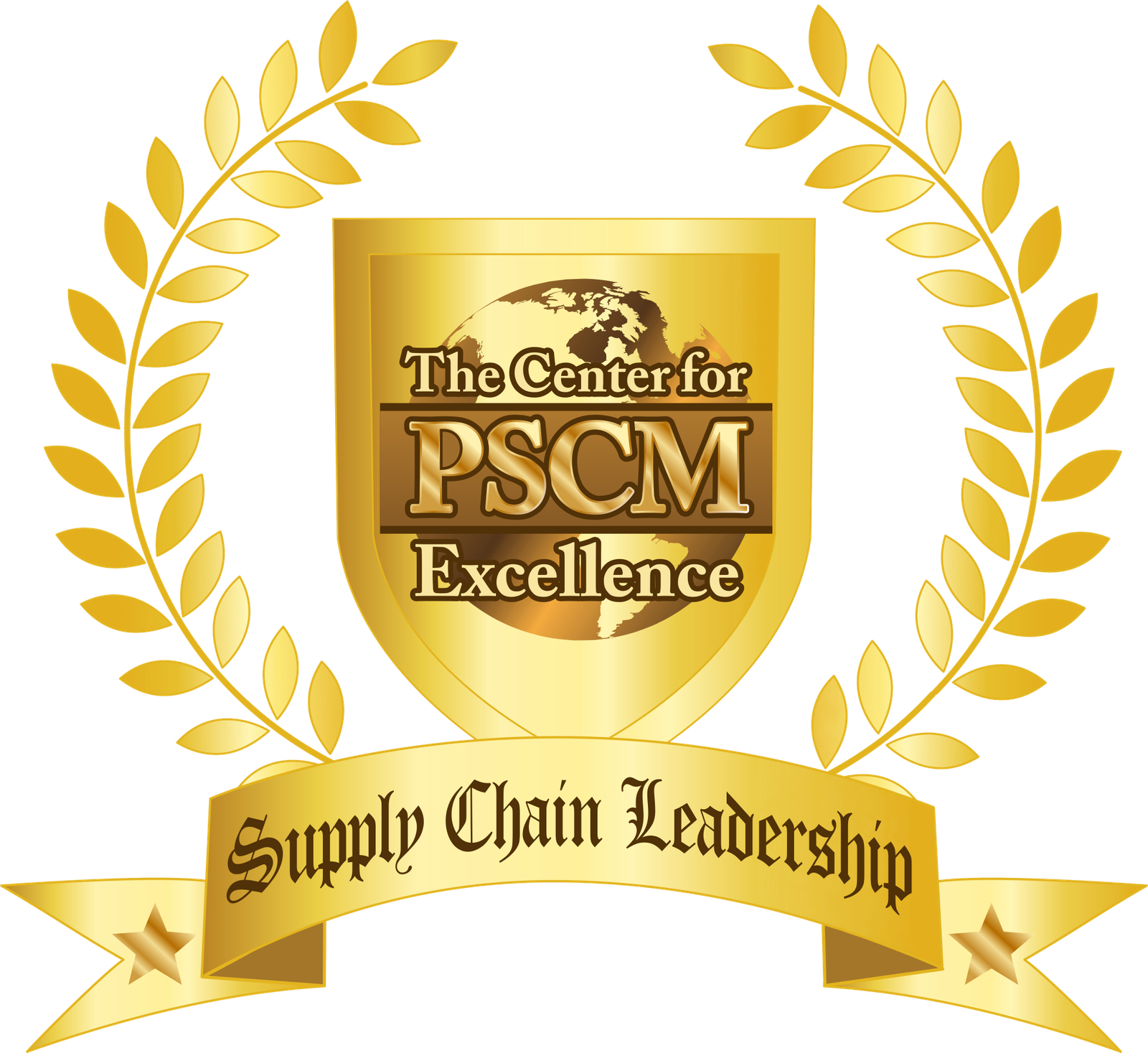Purchasing & Supply Chain Management Training
Managed Marketplaces

Purchasing professionals put so much energy into managing their top expenditure suppliers and contracts. Makes perfect sense, and that will probably never really change.
However, I am increasingly seeing that purchasing is experiencing “death by a thousand cuts” by the suppliers and expenditures that don’t individually merit attention based on spends levels alone – what I’m calling “under the radar spends”.
We’ve got to figure this out in our profession.
One solution that has been put in place is procurement cards (p-cards). These allow for purchasing to remain undistracted by small expenditures that would present too much opportunity cost for purchasing to pursue.
In other words, chasing after savings on these “small deals” would be at the expense of getting to the big deals, so we use p-cards.
However, absent NAICS industry code blocks, p-card proliferation can result in unauthorized purchases. Also the financial and management review process doesn’t kick in until AFTER the purchase is already made. You never want to wait until an accident happens before you find out something is wrong.
Further, the funds may still go to the wrong suppliers and they may also go un-negotiated. And do you know what terms and conditions go to the supplier when you do a procurement card transaction?
In 20 years of asking this question above, I’ve yet to find a purchasing professional who knows the answer for their purchasing organization. It’s a big mystery inside every company. I’m sure it’s not your PO Ts & Cs. So what is going out? Credit card terms? And how could those possibly protect your company?
Still other companies go the consolidator route. They contract with companies that sell everything from coffee filters to construction equipment to try and funnel this business in a one-stop shopping manner. These companies are all resellers, meaning none of the product is actually theirs. They specialize in fulfillment only.
This has problems too. Rarely are these items coming at a good price or TCO. You are paying for convenience, like buying milk at a convenience market. This is still true even if you negotiate a corporate discount model. You will still pay through the nose for this convenience, and almost every company is doing it.
ePurchasing offers some solutions for these “below the radar spends”, but once again, this usually necessitates having to contract with purchasing consolidators and adding them as a vendor in the ePurchasing application. It’s an awesome solution, but as it pertains to consolidators, all this does is automate a bad process.
In the final analysis, the purchasing professional has a choice: Do I lose time chasing these one-off deals or do I lose money chasing convenience through consolidators? Neither one is attractive.
Most recently however, I’ve found that there is another way, and it’s got me fairly excited. I plan to become one of the foremost industry experts on this topic. I’m talking about managed marketplaces.
A managed marketplace is like a reverse auction, but only in the same way that a motorcycle is like a bicycle – they both have 2 wheels and you sit on them both, but the similarities pretty much stop there.
Managed marketplaces are an end to end platform solution whereby a third party vendor manages these “under the radar” transactions on your behalf, aggregating the business and putting them out to bid to a global set of qualified vendors that they do financial checks on.
Reverse auctions are merely a platform for running an auction, but the buyer still ends up doing all the work before and after the auction. All you get is automation of a very small part of the purchasing lifecycle. It’s also pretty stressful for the suppliers involved; just ask them.
In contrast, the managed marketplace solution provider will sort through the supplier responses and take the top bidder responses and qualify those bids, making sure that all buyer specifications are being met. There is a full cycle quality control check in place.
They also track in amazing detail all relevant small/minority/veteran/disabled/woman owned business revenue details (diversity spends) and actually make your indicators in this space take off. One less indicator to have to worry about hitting at work!
In my research, I’ve been seeing around 12% average savings from purchasing’s target price, while also having dramatic improvement in diversity spends figures. That’s pretty good, considering somebody else does the work for you. Finally, purchasing can just be the maestro instead of trying to be the orchestra too! Not bad, huh?
I’d like for you to really start asking yourself how much “under the radar” spends you have, how they are being managed, and where they are going. Do you know? Do you care? Why not?
I plan to do more blogs on this topic, and will have a publication on the same topic coming out soon in Supply Management magazine, an acclaimed international purchasing journal. Stay tuned!


